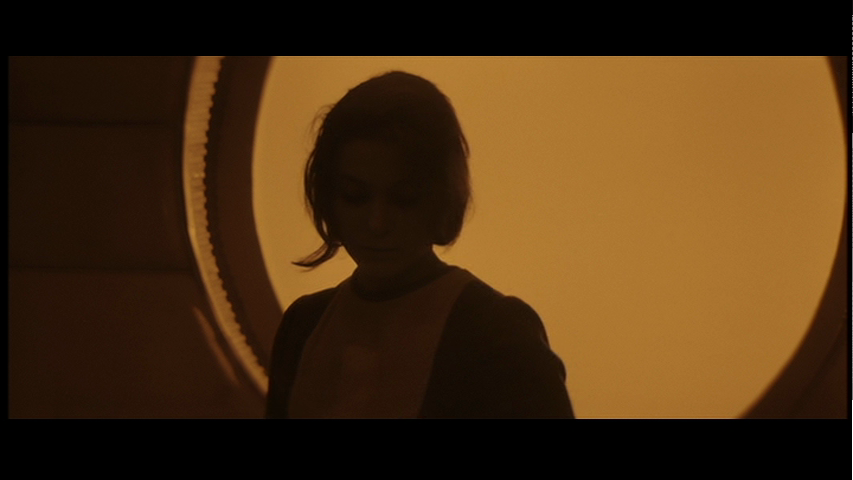The Language Log on how science fiction often misses the mark with predictions of technology (the why is up for debate, of course):
Less than 50 years ago, this is what the future of data visualization looked like — H. Beam Piper, “Naudsonce”, Analog 1962:
She had been using a visibilizing analyzer; in it, a sound was broken by a set of filters into frequency-groups, translated into light from dull red to violet paling into pure white. It photographed the light-pattern on high-speed film, automatically developed it, and then made a print-copy and projected the film in slow motion on a screen. When she pressed a button, a recorded voice said, “Fwoonk.” An instant later, a pattern of vertical lines in various colors and lengths was projected on the screen.
This is in a future world with anti-gravity and faster-than-light travel.
The comments that follow are a great mix of discussion about science fiction writing (why do the galactic scientists in Asimov’s Foundation rely on slide rules?) and 1960s display technology limitations (vector vs. raster, who will win?). I like this site.

